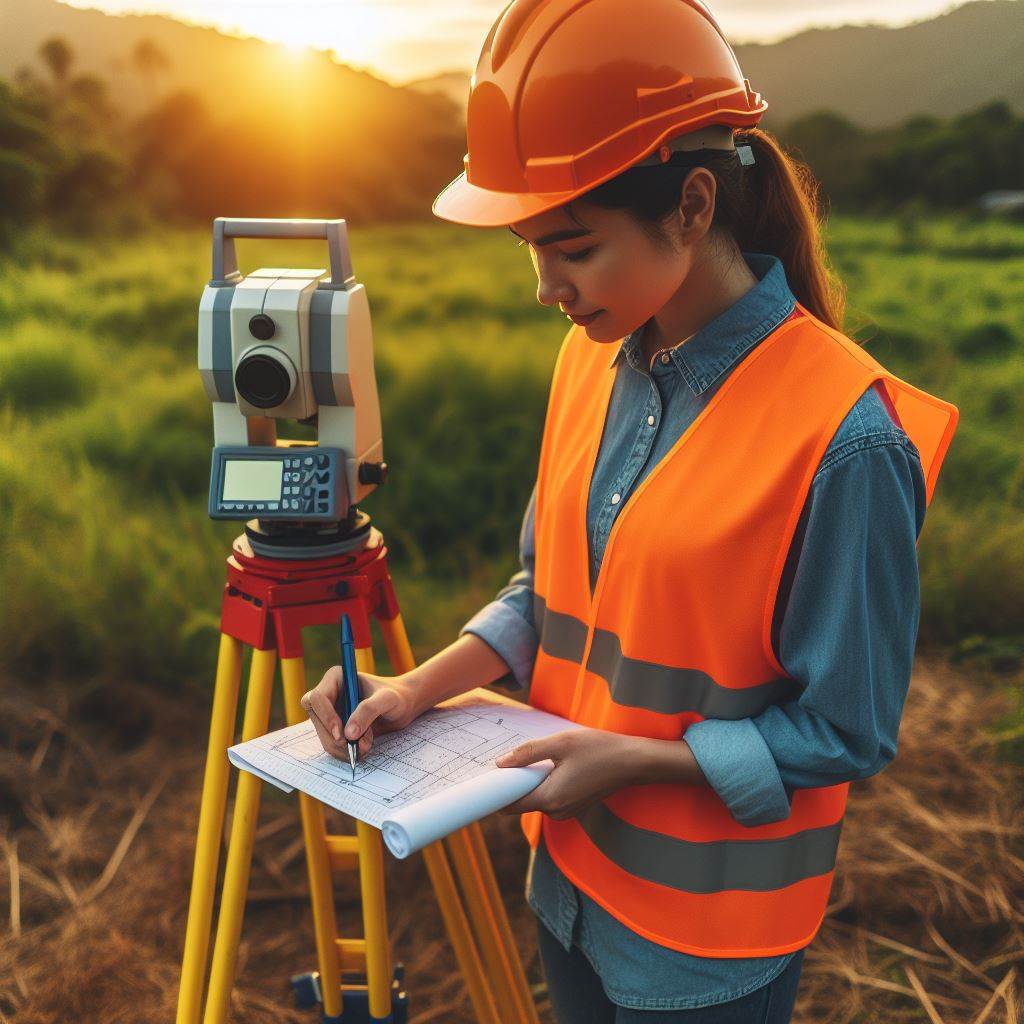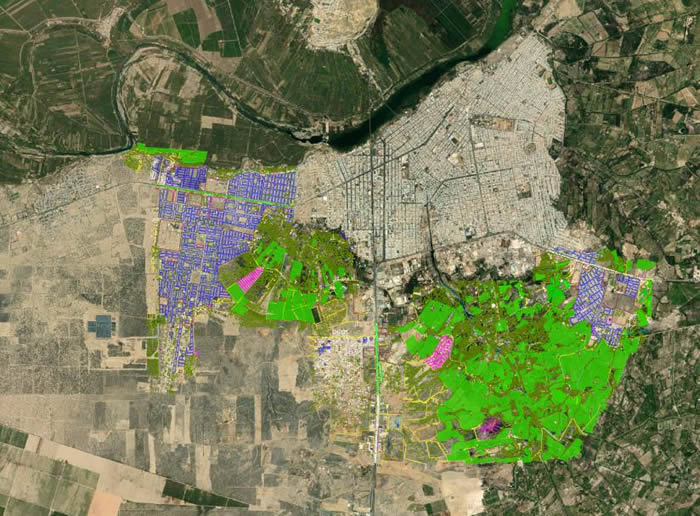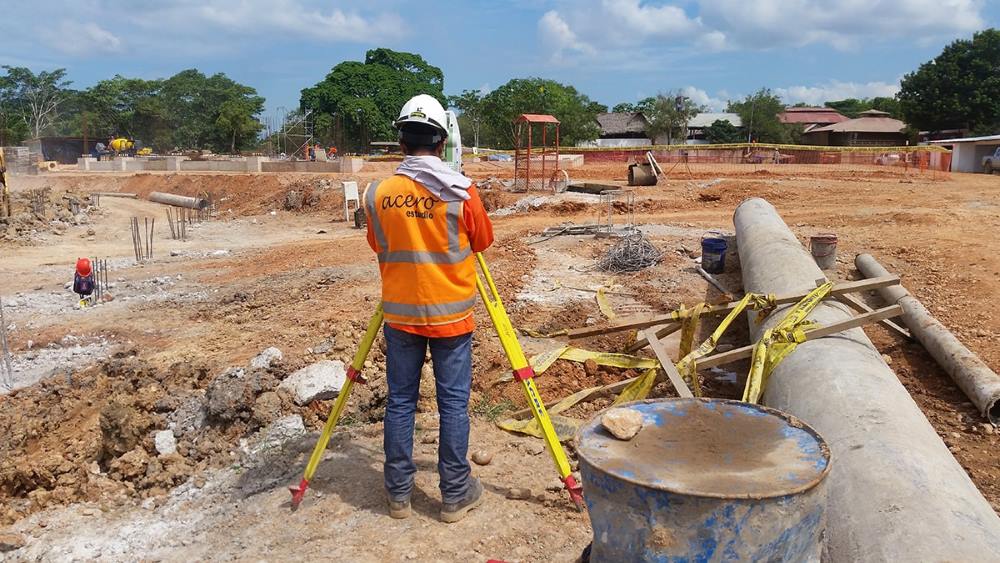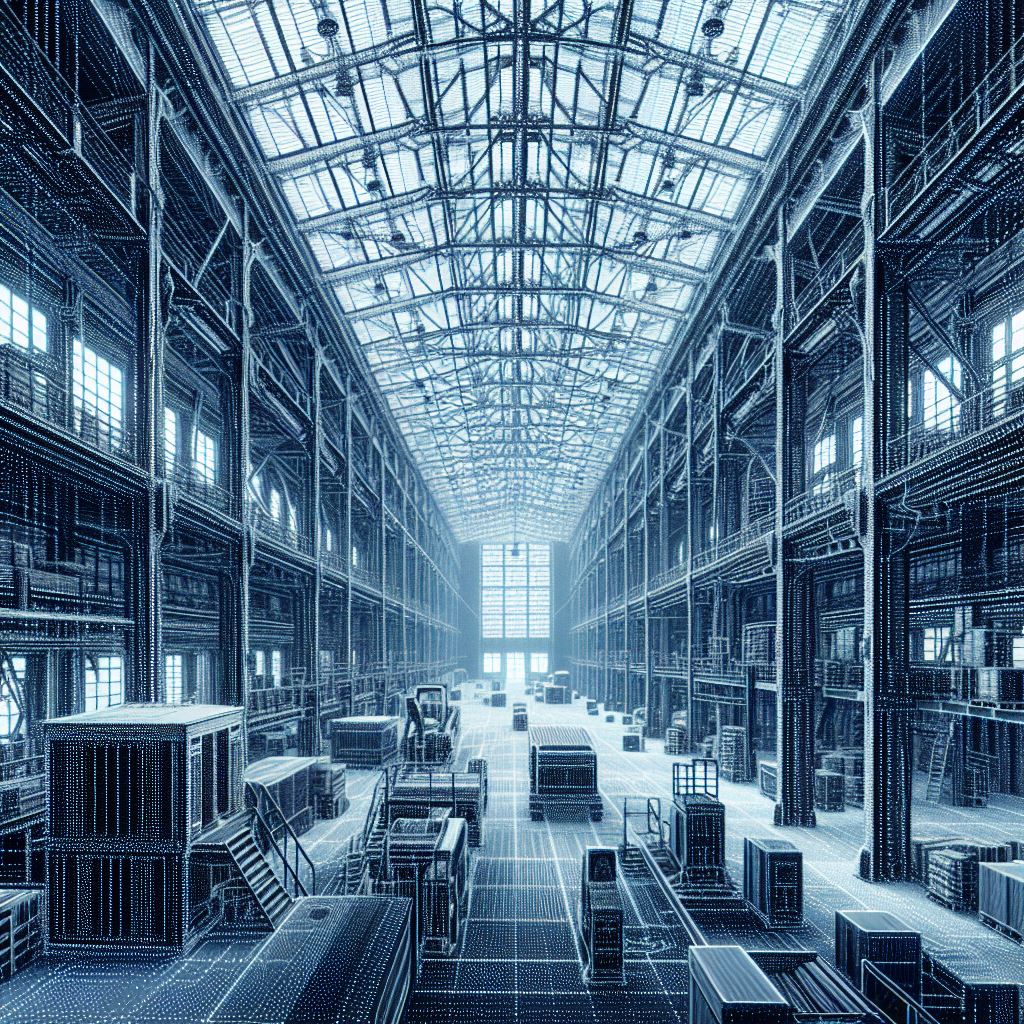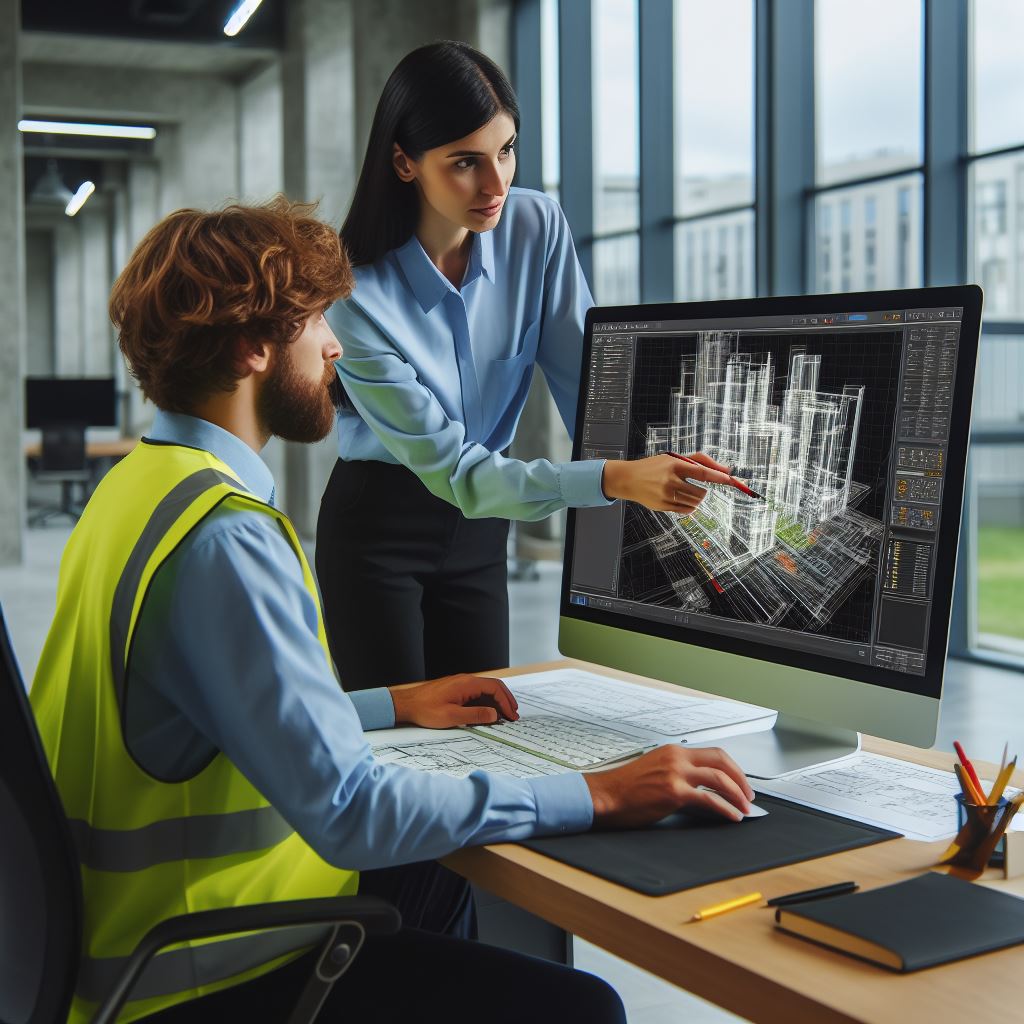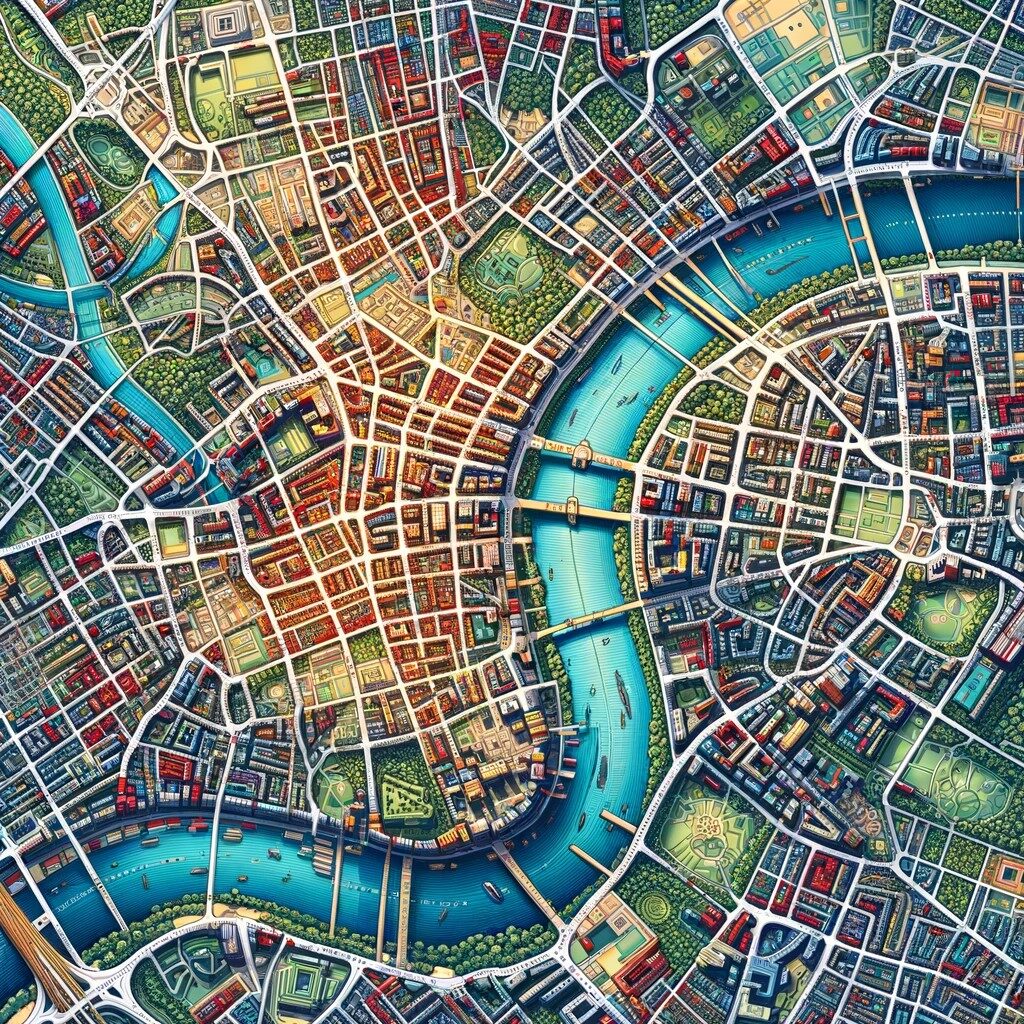The topographic report that Acero Estudio delivers to its clients is a very important tool in the development of construction and engineering projects for an area or territory. This document provides a detailed description of the terrain studied, allowing engineers and architects to make informed decisions during the design and execution of any projects.
Our surveying service reports (as contracted) may contain the following information:
1. Physical description of the land
This is the foundation of all topographical reports. This section includes details about the morphology of the terrain, such as the presence of hills, valleys, plains or any other relevant feature. In addition, specific features of the relief can be described, such as the presence of peaks, natural terraces or depressions.
2. Contour lines that describe the slopes and their degree of steepness
The topographic map included in the report allows us to view the topography of the land in three dimensions. These lines connect points of equal elevation and show the slope of the terrain. The information provided by the contour lines is crucial to understand the slopes of the terrain and plan the location of the structures that are planned for construction.
3. Water displacement zones
It is critical for planning drainage and stormwater channeling systems. Having the topographic map allows us to identify the areas where water accumulates or moves and develop effective solutions to prevent flooding and guarantee adequate fluid management.
4. Types of soils and their geological characteristics, as well as construction recommendations for the area
Knowing the geological characteristics of the soil is important to determine the stability of the land and prevent problems during construction. The topographic report can include detailed information on the composition of the soil, its bearing capacity, permeability and other relevant aspects. Additionally, specific construction recommendations can be provided for each soil type, such as proper foundation techniques and measures to prevent erosion.
5. Presence of bodies of water
Very important for both urban planning and environmental conservation. The topographic report can indicate the presence of rivers, lakes, ponds or other bodies of water, as well as their location, size and hydrological characteristics.
6. Construction risks and mitigation methods
This point focuses on identifying and evaluating the possible risks associated with construction in the studied area. This may include geotechnical risks, such as landslides or subsidence, as well as environmental or safety risks. The topographic report may also include recommendations or mitigation measures.
As you can see, a topographic survey carried out by Acero Estudio provides a wide range of detailed information on the terrain, essential for the successful execution of your projects. Contact us today, we are at your service.



